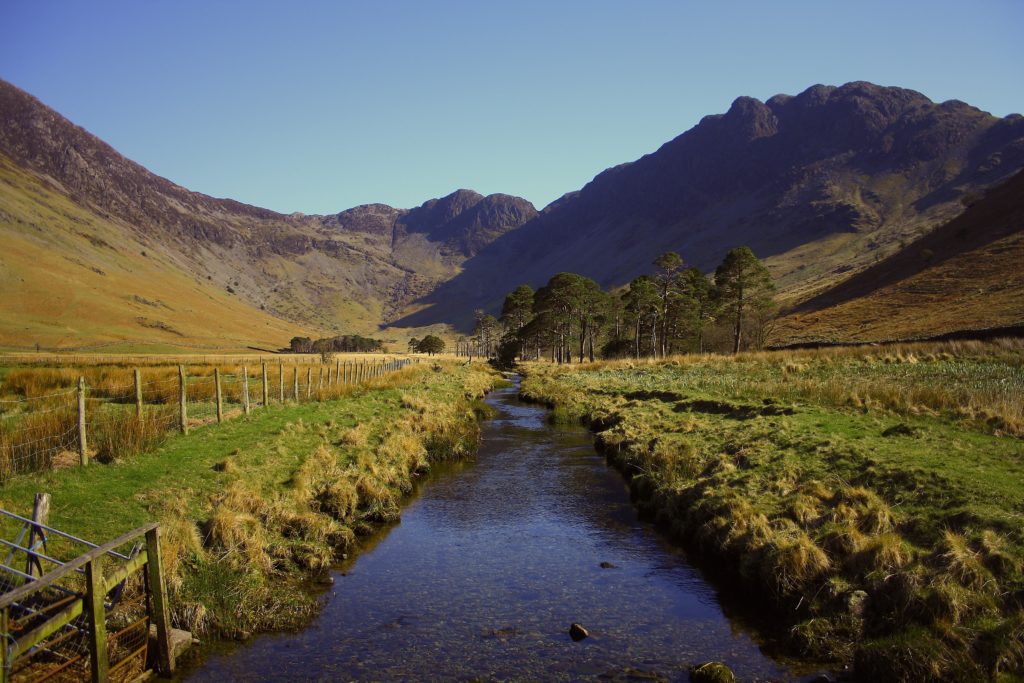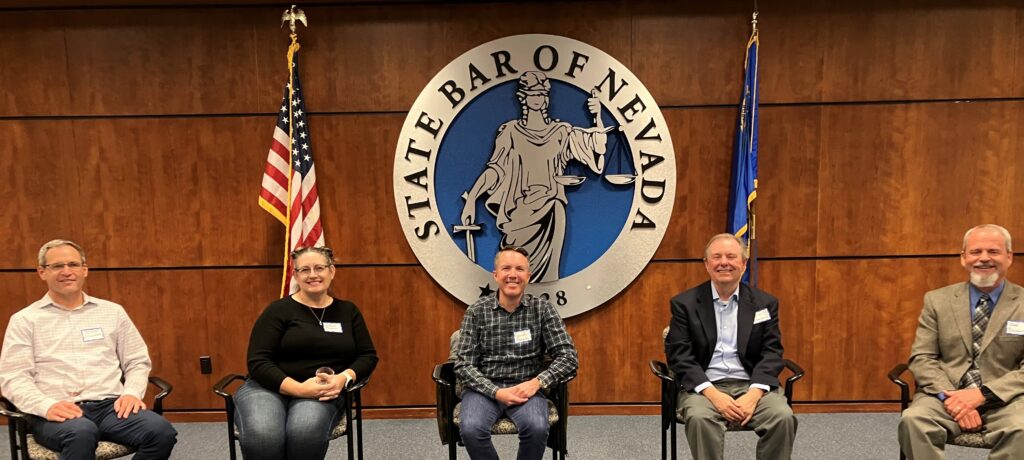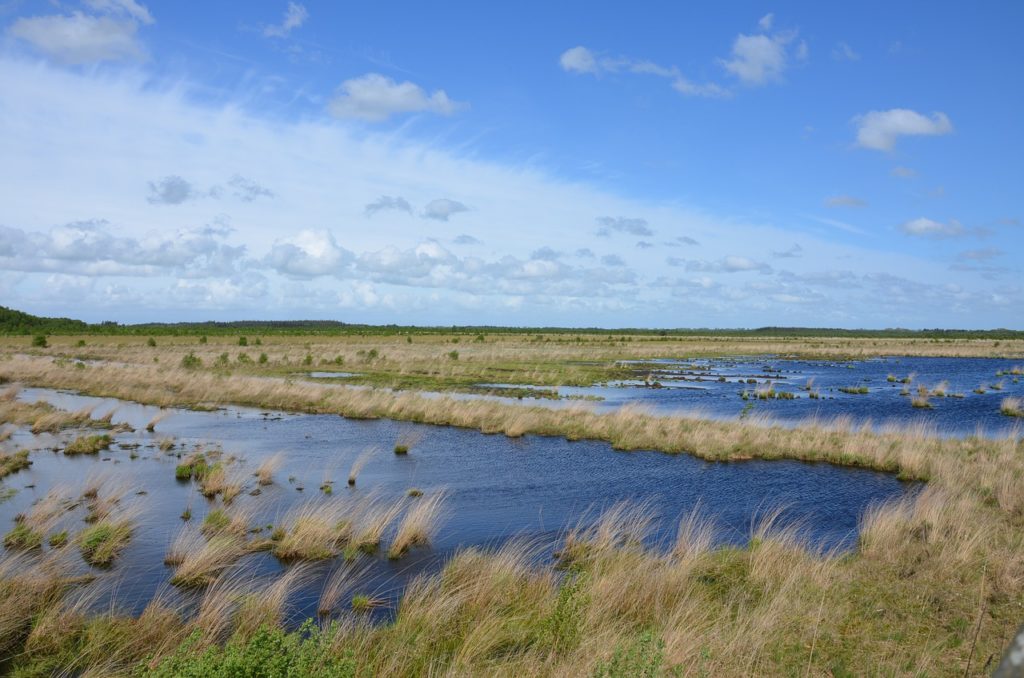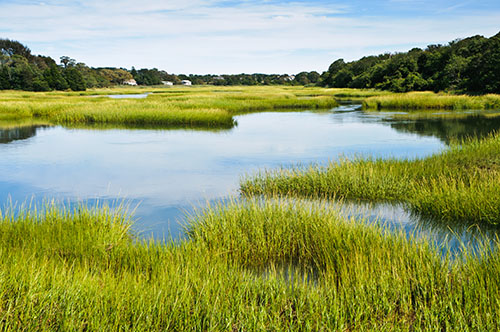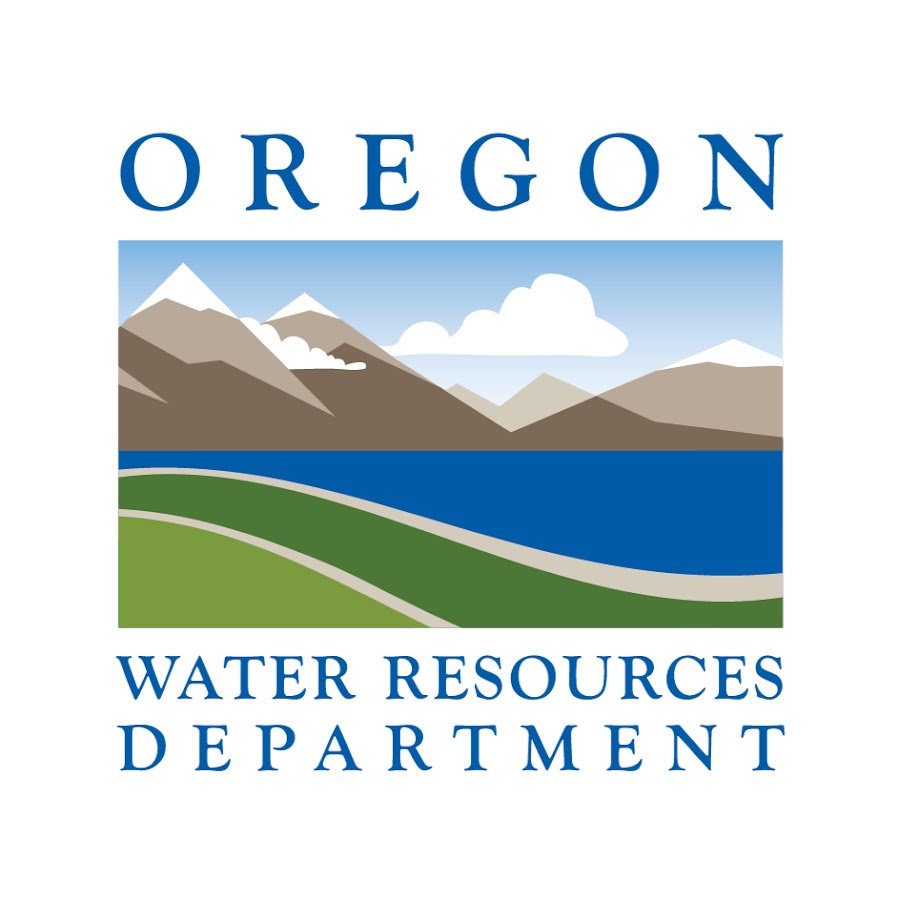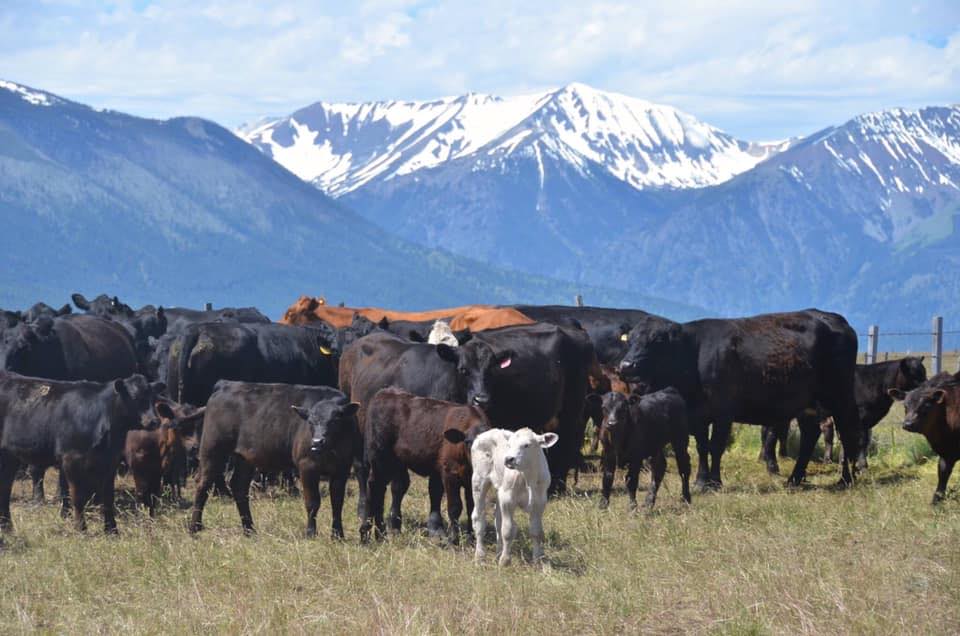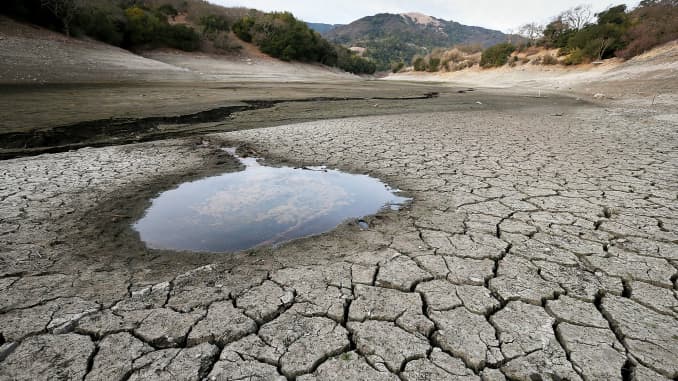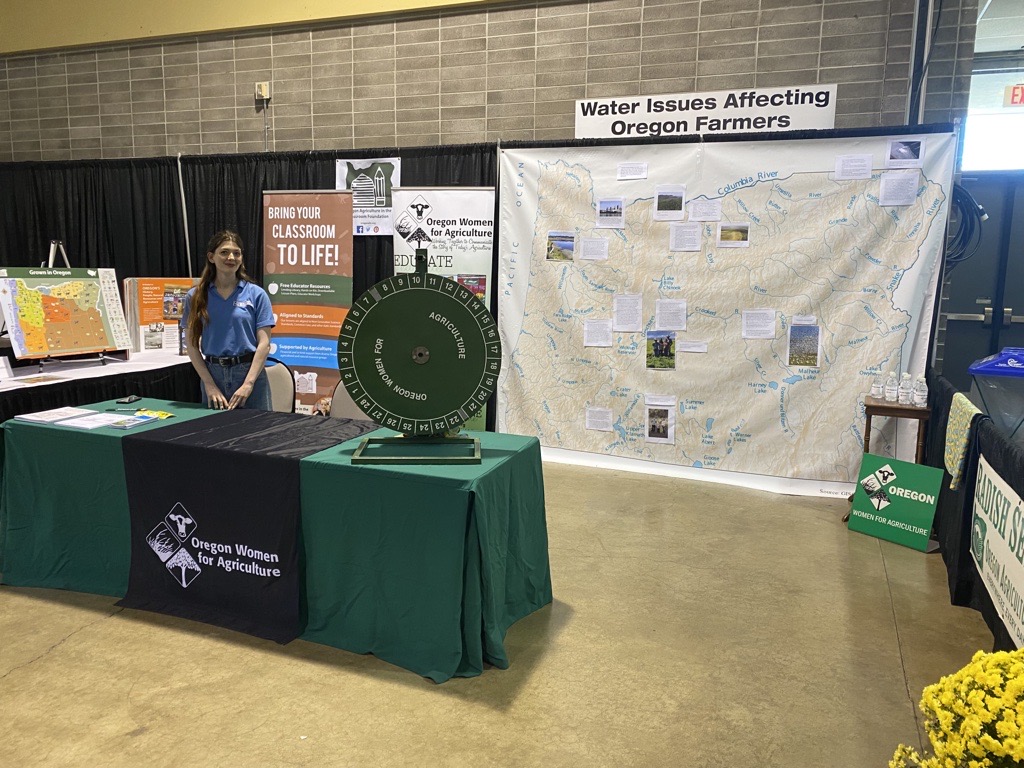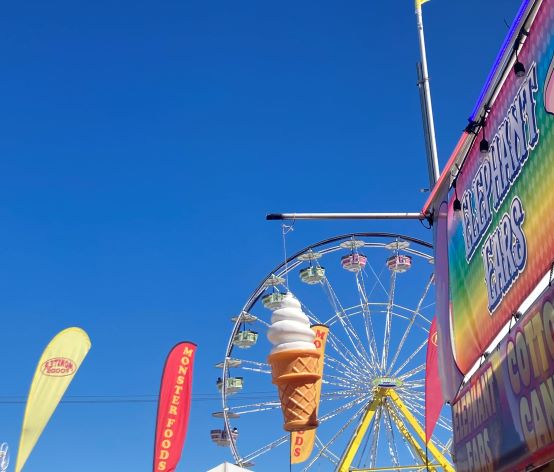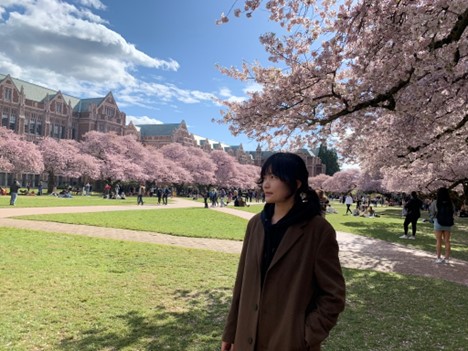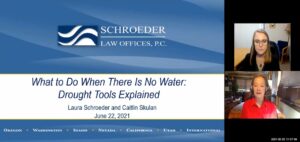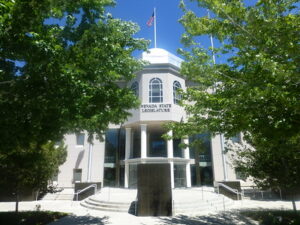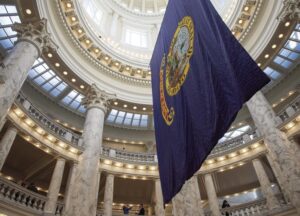 In the 2021 legislative session, the Idaho House introduced twelve water related bills and the state considers twenty-two water related bills in total. The session began on January 11, 2021 and as of March 18, 2021, one of the proposed water bills is already law, one is before the Governor for signature, and multiple others have passed one or both houses. Needless to say, Idaho is making many changes and updates to its water law. The House bills considered in this legislative session are briefly described below.
In the 2021 legislative session, the Idaho House introduced twelve water related bills and the state considers twenty-two water related bills in total. The session began on January 11, 2021 and as of March 18, 2021, one of the proposed water bills is already law, one is before the Governor for signature, and multiple others have passed one or both houses. Needless to say, Idaho is making many changes and updates to its water law. The House bills considered in this legislative session are briefly described below.
House Bill 43
House Bill 43 amends and repeals existing law relating to the administrative determination of adverse claims, hearings, and orders of local groundwater boards, appeals from certain actions, and penalties. The purpose of this bill is to eliminate inactive, outdated, and obsolete sections of the Idaho Code related to water right delivery calls. The adoption of the Rules for Conjunctive Management of Surface and Ground Water Resources (IDAPA 37.03.11) made these sections of law obsolete.
House Bill 43 passed both the House and the Senate and has been signed into law.
House Bill 57
House Bill 57 amends existing law regarding certain authority of the Water Resource Board and the Department of Water Resources. The purpose of this bill is also to eliminate inactive, outdated, and obsolete sections of the Idaho Code. The sections removed in this bill contain language that conflict with other sections of the Idaho Code or are duplicative language and authority found elsewhere in Idaho law. The bill proposes to remove language in Idaho Code, Title 42 related to penalties for certain statutory violations and invests in the Director of the Department of Water Resources the power and authority to enforce the provisions of the chapter and rules and regulations promulgated pursuant to it.
House Bill 57 passed both the House and Senate and is before the Governor for signature.
House Bill 99
House Bill 99 adds to existing law to provide for water quality innovation and pollutant trading. The purpose of the bill is for Idaho to establish a mature pollutant trading program that provides a benefit to the regulated community and Idaho’s most treasured water resources. It authorizes a voluntary water quality innovation and pollutant trading program and provides the Department of Environmental Quality (“DEQ”) authority to regulate the program.
House Bill 99 passed both the House and the Senate.
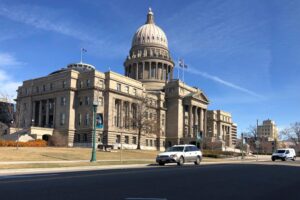 House Bill 103
House Bill 103
House Bill 103 amends Idaho Code, Title 30 to allow remote participation in meeting of non-profit corporation directors. Such participation counts toward the requirements for a quorum.
House Bill 103 passed the House on March 1st and is in its third reading in the Senate.
House Bill 182
House Bill 182 provides for irrigation corporation boundary adjustments. The bill allows for a streamlined process to adjust canal company boundaries where there is no increased use and no injury to other water rights.
House Bill 182 passed the House on March 3rd and is in its third reading in the Senate.
House Bill 184
House Bill 184 revises provision of existing law regarding notifications of change in ownership of water rights. It proposes Idaho Code 42-248 be amended to provide notice of ownership updates to landowners in circumstances where the water rights used on the land are owned by a third party. The purpose of the bill is to remove outdated provisions and improve readability. The bill also clarifies that a change of ownership in the records of the Department of Water Resources is not a determination of ownership and is not an administrative action subject to challenge. Lastly, it clarifies that disputes over water right ownership should be addressed through quiet title action.
House Bill 184 passed the House on March 3rd and is in its third reading in the Senate.
House Bill 185
House Bill 185 amends existing law to provide that lands annexed to a Flood Control District may be contiguous or noncontiguous to the existing district.
House Bill 185 passed the House on March 3rd and is in its 3rd reading in the Senate.
House Bill 186
House Bill 186 revises existing legal provisions regarding notices of claim associated with the use of stockwater on federal land and to revise provisions regarding the Department of Water Resources Director’s determination of specified elements to define and administer the water rights acquired under state law. The bill amends Idaho Code 42-1409 and Idaho Code 42-1411 to create a presumption that (1) the priority date for stock water rights is the date of the original federal grazing authorization and (2) the current base property relates back to the base property associated with the original federal grazing authorization. The bill also amends information required to identify the legal description of stockwater rights on federal grazing allotments.
House Bill 186 passed the House on March 3rd and is in its third reading in the Senate.
House Bill 266
House Bill 266 adds to existing law to provide for statutory cloud seeding in Idaho. House Bill 266 defines cloud seeding as “all acts undertaken to artificially distribute or create nuclei in cloud masses for the purposes of inducing precipitation, cloud forms, or other meteorological parameters.” Cloud seeding has been done in various areas of Idaho for several years. This legislation also states findings relating to cloud seeding in Idaho and provides that the Water Resources Board is responsible for authorizing cloud seeding and may participate in cloud seeding programs. The legislation further states that water generated through cloud seeding will be administered in accordance with the prior appropriation doctrine and limits liability for participation in certain cloud seeding projects. No state or local permits will be required for cloud seeding.
House Bill 266 passed the House on March 8th and is in its second reading in the Senate.
House Bill 267
House Bill 267 amends Idaho Code 42-1760, which establishes the Idaho Water Resource Board’s Water Management Account. Amendments include (1) replacing the list of potential projects with authority for projects which conserve or increase water supply, improve drought resiliency, address water sustainability, or support flood management; (2) including aquifer recharge above Milner Dam on the list of specific projects for consideration; (3) confirming that all water rights, including hydropower water rights, must be protected and that identified water uses must be considered in the approval of projects; and (4) providing additional information as part of the Board’s annual report.
House Bill 267 passed the House on March 4th and is in its third reading in the Senate.
House Bill 268
House Bill 268 amends existing law to revise provisions regarding extensions for construction, work, or application of water to full beneficial use. This legislation amends Idaho Code 42-204 to provide that the Department of Water Resources may extend the time required for development of a water right to accommodate delays caused by litigation relating to the land or water development. Further, it amends Idaho Code 42-204 to clarify that a 10-year extension of development for a water permit may be granted for multiple permits relating to a common diversion or distribution system.
House Bill 268 passed the House on March 4th and is in its third reading in the Senate.
House Bill 307
House Bill 307 repeals and amends certain right-of-way provisions. The bill deletes Idaho Code 42-1101 which appears to recognize the riparian doctrine in Idaho. Idaho courts have long recognized that the riparian doctrine does not apply in Idaho. This legislation also amends existing statutes in response to an increase in legal disputes regarding the nature and scope of rights-of-way and easements for irrigation ditches, canals, and conduits including (1) clarifying rights and obligations association with operating, cleaning, maintaining, and repairing rights-of-way and easements; (2) codifying the common law standard applied by Idaho courts regarding debris deposited in rights-of-way and easements; and (3) clarifies application of rights and obligations to rights-of-way and easements to existing embankments and irrigation facilities.
House Bill 307 passed the House on March 12th and is in its second reading in the Senate.
Interested in More Water Legislation?
Want to stay updated on Idaho’s water bills? Each bill page linked above provides the status of the bill. Additionally, the progress of the bills can be found in one comprehensive list on the Idaho Water Users Association’s (“IWUA’s”) website.
What about the ten water related Senate bills introduced this session? Keep an eye on our blog for a summary of the Senate bills as well.
(Image Sources: https://www.mtexpress.com/news/state_regional/idaho-legislature-to-discuss-elections-liability/article_8c592c0e-e338-11ea-81b4-d3b028f895cf.html; https://www.usnews.com/news/best-states/idaho/articles/2021-03-19/idaho-legislature-might-shut-down-due-to-covid-19-outbreak)

